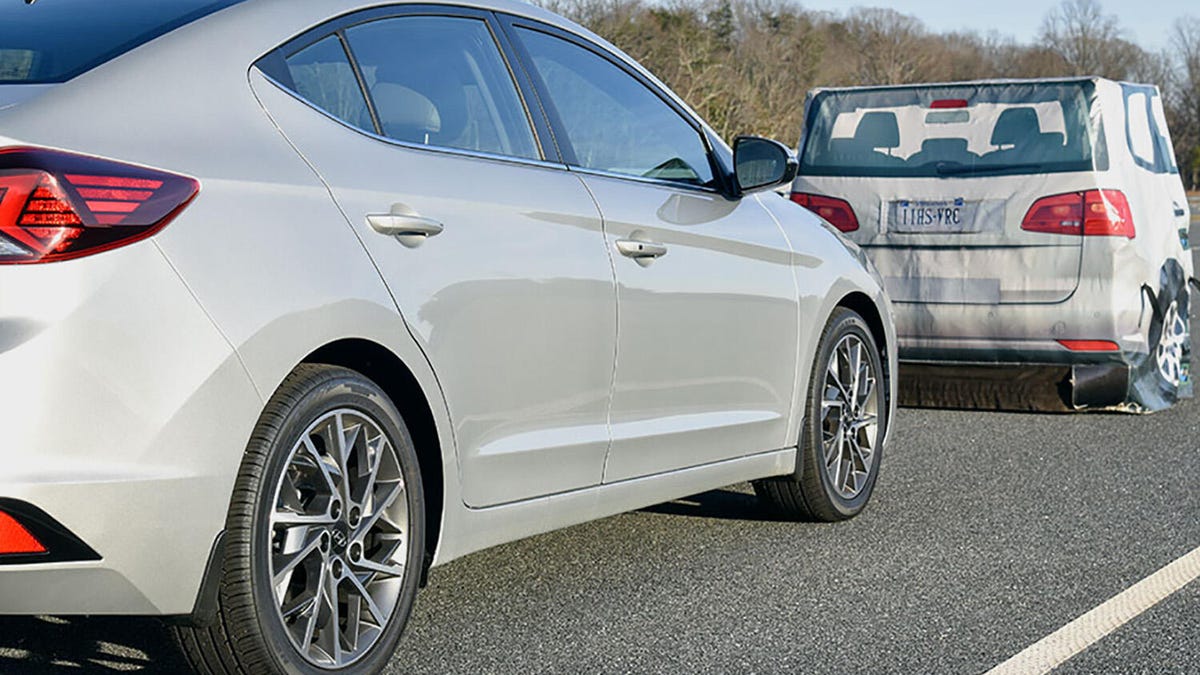Today's car safety tech could save thousands of lives if standard, study says
Automatic emergency braking and blind-spot detectors could go a long way in saving lives, Consumer Reports' latest study says.
If many of today's active safety systems were standard on every new car sold, US traffic deaths would fall dramatically. The final takeaway from Consumer Reports' latest study comes just as the US House of Representatives votes on news legislation that would make some of the technology mandatory in new vehicles.
The study, published Monday, calls out a handful of safety technologies available today, but often locked away in higher-priced trims on a lot of vehicles. Specifically, CR looked at automatic emergency braking, lane departure warning and blind sport warning. If the three technologies were adopted fleet-wide, the US would see 11,000 fewer traffic deaths.
The study also looked at pedestrian detection systems, which would prevent another 800 deaths annually, based on the organization's study and data.
Each of these three technologies are available today and many automakers have moved to bundle these three features as standard equipment. However, without a mandate, some automakers still place these technologies in optional package groups. CR said a separate study showed consumers on average pay over $2,000 extra to add automatic emergency braking with pedestrian detection and blind spot warning. Without calling out a specific automaker, apparently in two cases, it cost an extra $12,000 for the two features.
CR dug into two additional technologies that aren't exactly prevalent today, and would likely take a little more time to proliferate. They are vehicle-to-vehicle communications and drunk driving prevention technologies. V2V has slowly rolled out to some vehicles, but it's far from widespread, and in some cases, only works with specific cars. To really see V2V's safety benefits come to life, the vast majority of cars would need to "talk" to one another on the road. CR estimated this technology could save at least 1,300 lives annually.
Drunk driving prevention technology could prevent 70% of drunk driving fatalities, by the publication's count. In 2018, there were 10,500 traffic deaths related to drunk driving. If all new vehicles featured some sort of prevention technology, CR estimated the US would see 3,700-7,400 fewer deaths.
If every piece of technology made its way to new vehicles, the total number of lives saved would fall between 16,800 and 20,500, according to the study.
The data comes as the Moving Forward Act heads to a vote in the US House. The text includes some CR-approved recommendations for standard active safety equipment, specifically the standard active safety gear detailed above and the drunk driving prevention technology. The legislation would also revamp the Department of Transportation's five-star rating system used to crash test cars to reflect modern amenities and act as more useful information for car buyers.


